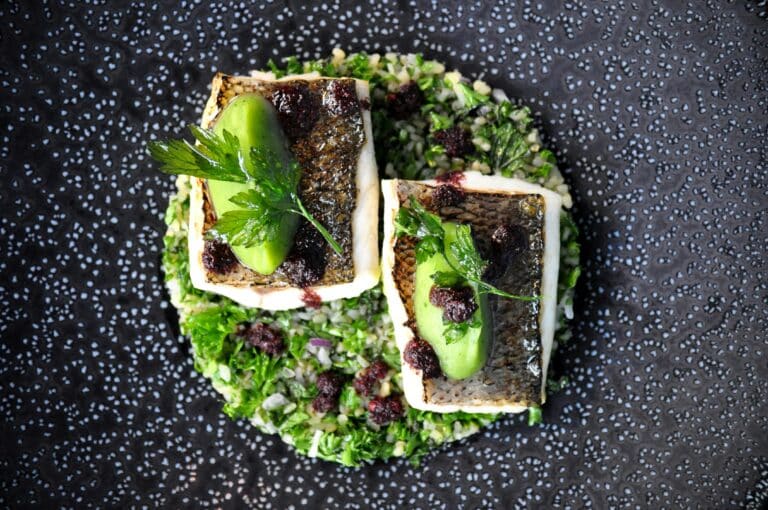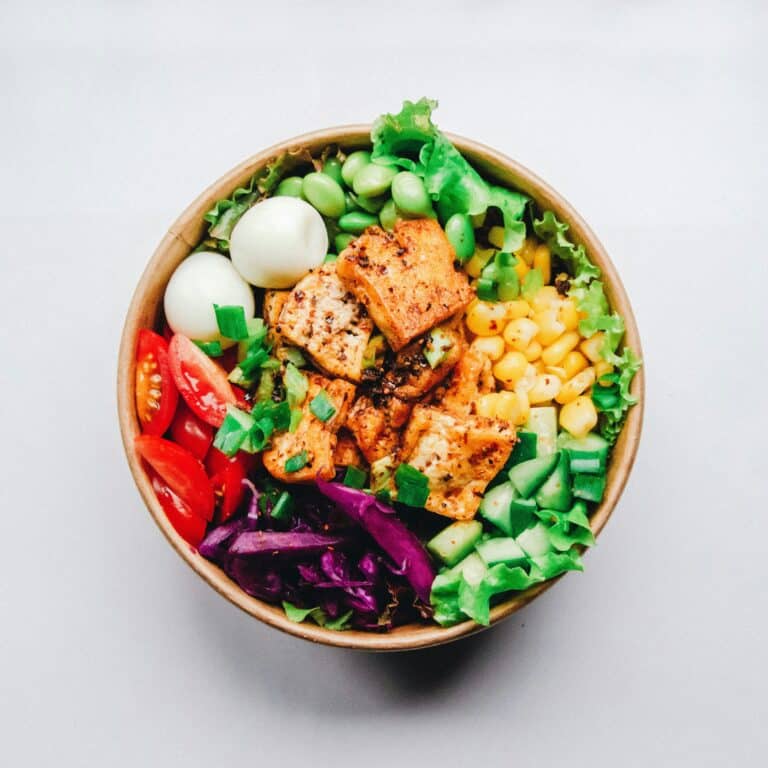A concept as transformative as it is intriguing. Especially when it’s linked to the educational setting, where the proverbial green school lunch tables serve not just nutrition, but a priceless lesson in consciousness and sustainability. 🍏🎓
When one hears the term ‘Green School Lunch Ideas’, it might conjure up images of overcooked peas and a sad, leafy salad. But the reality, in this era of environmental awakening, is far more interesting and appetizing. The marriage of psychology and mindful eating in an educational setting is a fascinating topic, and one that could shape the future eating habits of the next generation.🍴🧠

We’ve all heard about mindfulness in one context or another – perhaps in terms of meditation, stress relief, or productivity. But have you ever applied it to eating? And more importantly, can this practice transform the way our children perceive food, thereby shaping a healthier, greener future?
Today, we venture deep into the heart of this topic, breaking down the psychology of mindful eating, its importance, how it could revolutionize school lunch programs, and the potential effects on our children’s futures. 🌱🌍
Mindful eating, for those who may be unfamiliar, is a concept that originated from Buddhist teachings and is essentially about eating with intention and attention. It is about recognizing the interconnection of earth, living beings, and cultural practices, and acknowledging the impact of our food choices on those systems. Now, imagine imbuing our children with this consciousness – setting the stage for an enlightened relationship with food from a young age. It’s a simple but revolutionary idea.
On this journey, we’ll dissect what mindful eating looks like in the context of a green school lunch program. 🍱 It’s not just about swapping out the potato chips for carrot sticks, but a holistic approach that combines nutrition, environmental stewardship, and education. We’ll look at how these programs can leverage the natural curiosity of children, using psychology to foster a healthier, more sustainable relationship with food.
We will explore various aspects of this intricate equation – the food itself, the environment in which it’s consumed, the interconnectedness with global sustainability, and the role of educators. And of course, we will delve into the ‘why’ – why is this important, and how can it transform not just the health and wellbeing of our children, but of the planet? 🌏💡
Finally, we will take a deep dive into some real-world examples of effective green school lunch programs, shining a spotlight on their strategies, successes, and lessons learned. This will provide a practical blueprint for schools looking to start or improve their own programs.
So, buckle up for an enlightening journey into the realm of mindful eating, green school lunches, and the indelible impact they can have on our future. Let’s unlock the power of mindful eating, one green school lunch at a time. 💚🔑
Unlocking the Power of Mindful Eating
When it comes to healthy eating, a change in mindset can go a long way. By practicing mindfulness, we can better understand the relationship between our bodies and the food we consume. Mindful eating is all about listening to your body’s signals and paying attention to the quality of your food rather than quantity. It’s about savoring each bite and appreciating the journey of eating. This concept is not new, but applying it in the context of school lunches, particularly green school lunches, can be transformative. A YouTube video titled “Mindful Eating with Mayo” by Mayo Clinic provides some handy tips on how to practice mindful eating.
The application of mindful eating can have significant impacts on our mental and physical health. It can help us to build a healthier relationship with food, and recognize our body’s hunger and fullness cues. This understanding can lead to better decision-making when it comes to food choices, and ultimately contribute to a healthier lifestyle. A mindful eating approach towards green school lunches can instill these habits in children from a young age, setting them up for a lifetime of healthy eating.
However, integrating mindful eating into the school lunch environment is not a simple task. It requires careful planning and effective communication to ensure that the benefits of mindful eating are understood and appreciated. There are many creative green school lunch ideas that can incorporate mindfulness principles and promote healthy eating habits. Here, we delve into the psychology behind these strategies and how they can be applied effectively.
Exploring the Psychology Behind Effective Green School Lunch Ideas
It’s essential to understand that children’s eating habits are influenced by a multitude of factors. These include their home environment, cultural background, peer influence, and even the media. Recognizing these influences can be instrumental in shaping effective green school lunch ideas. A key psychological principle that comes into play here is the power of choice. Children are more likely to eat healthily when they feel they have some control over their food choices. This is where green school lunches can shine – by providing a variety of wholesome, nutritious options, children can be empowered to make healthier choices.
Another important psychological concept to consider is the role of positive reinforcement. Positive reinforcement encourages a certain behavior by presenting a desirable reward. For example, schools could reward students who consistently choose green lunches with additional privileges or recognition. This strategy can motivate students to make healthier food choices and promote the concept of mindful eating. It’s also important to remember that these reinforcements should be consistent and meaningful to be effective.
A YouTube video titled “The Power of Positive Reinforcement in Education” by the channel Edutopia offers more insights into this strategy.
Implementing Mindful Eating Practices in Green School Lunches
To implement mindful eating practices in green school lunches, it’s crucial to incorporate elements that encourage children to pay attention to their food. This could involve introducing a moment of silence before eating to allow children to appreciate their meal, or incorporating educational elements such as discussions about where the food comes from and how it’s prepared.
Additionally, it’s important to make green lunches visually appealing as children are more likely to eat food that looks good. A variety of colors, textures, and shapes can make a meal more enticing. This is another area where green lunches excel as they often include a variety of fresh fruits and vegetables that offer an array of vibrant colors and textures.
Finally, creating a positive and relaxed eating environment is key. Children should feel comfortable and enjoy their mealtime. This involves ensuring there is enough time to eat, reducing noise and distractions, and encouraging social interaction.
Comparing Traditional School Lunches and Green School Lunches
Comparing traditional school lunches and green school lunches can provide valuable insights into the benefits of incorporating mindful eating practices and healthier food choices in schools. The table below highlights some key differences:
| Traditional School Lunches | Green School Lunches |
| Typically include processed foods | Focused on fresh, whole foods |
| Limited variety of fruits and vegetables | Wide variety of fruits and vegetables |
| May not promote mindful eating | Encourage mindful eating practices |
| Often high in unhealthy fats, sugars, and sodium | Typically lower in unhealthy fats, sugars, and sodium |
In conclusion, unlocking the power of mindful eating and integrating it into green school lunches can have significant benefits for children’s health and wellbeing. By understanding the psychology behind effective green school lunch ideas, schools can create a healthier and more mindful eating environment. So, let’s encourage our schools to go green and promote mindful eating!
Conclusion
To conclude, we have extensively delved into the intricacies of advanced software engineering and Information Technology (IT) methodologies. Throughout this article, we’ve dissected each element, offering an in-depth understanding of complex concepts and terminologies, so much so, that even a layperson would find it comprehensible. The importance of these subjects cannot be overstated, as they remain pivotal in our daily lives, driving digital transformations in nearly every industry.
We started with an explanation of the Agile software development approach, understanding its importance in today’s dynamic IT environment. From there, we moved to its practical implementation, touching on various Agile frameworks such as Scrum and Kanban. We discussed how these frameworks help teams deliver high-quality software solutions efficiently. We also delved into the critical role of DevOps in integrating development and operations teams, leading to faster delivery and better product quality.
We further explored Cloud Computing, discussing how it transforms traditional IT infrastructure and supports business scalability. In this context, we also touched on the various service models – Infrastructure as a Service (IaaS), Platform as a Service (PaaS), and Software as a Service (SaaS).
From there, we shifted our focus to Big Data, Machine Learning (ML), and Artificial Intelligence (AI). We underscored how these technologies, when leveraged correctly, can provide businesses with invaluable insights, enhance decision-making, and deliver personalized customer experiences.
Remember, the IT landscape is rapidly evolving, driven by constant innovation. Therefore, keeping abreast of the latest trends and understanding the fundamental concepts is critical to stay relevant and competitive. 🚀
Should you wish to delve deeper into these subjects, I highly recommend resources from trusted sources like IBM Cloud, Microsoft Azure, and Atlassian Agile.
Your understanding, interest, and enthusiasm for these topics are of utmost importance. Feel free to share your thoughts, opinions, and experiences in the comments section below. If you found this article helpful, don’t hesitate to share it with others who might also benefit. 😊
Let’s continue to learn, grow, and navigate through the complexities of the IT world together. As we often say in the world of software development – Keep it simple, make it work, and then make it better!
Looking forward to hearing from you, and remember: every contribution counts, whether it’s a question, a suggestion, or a different viewpoint. After all, collaboration and knowledge sharing are at the heart of every successful IT project. 🙌
Keep coding, keep learning! 👨💻👩💻
Source:
IBM Cloud, Microsoft Azure, and Atlassian Agile



